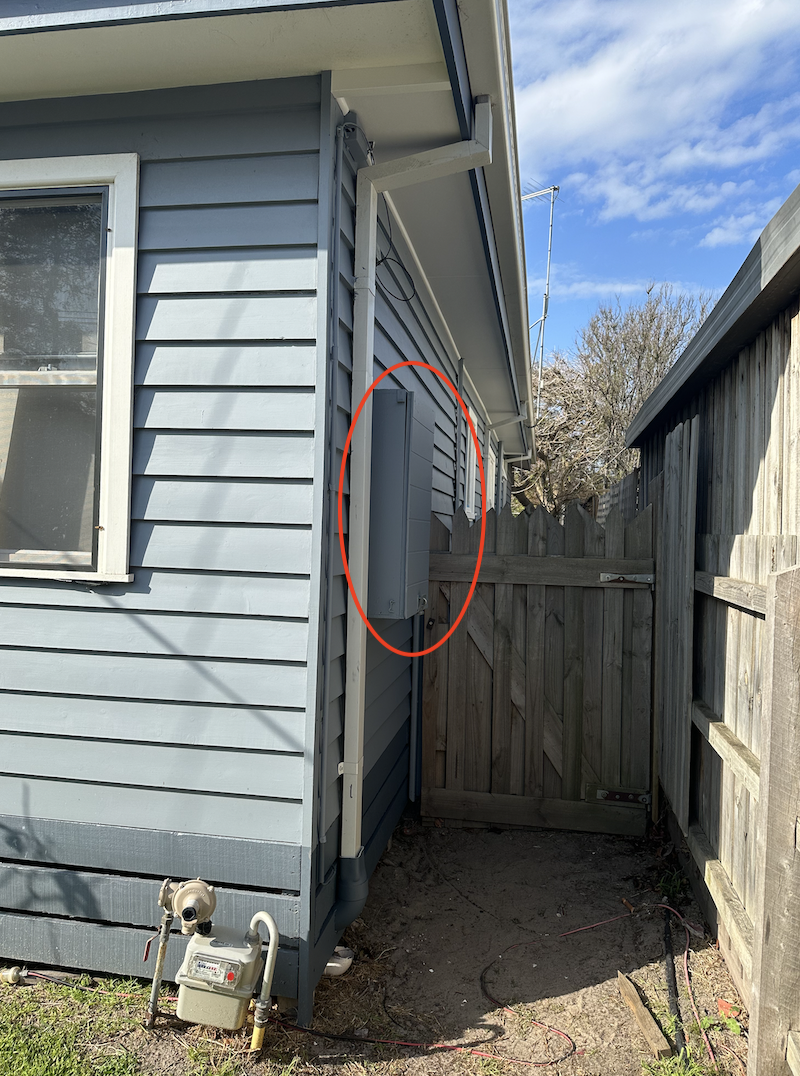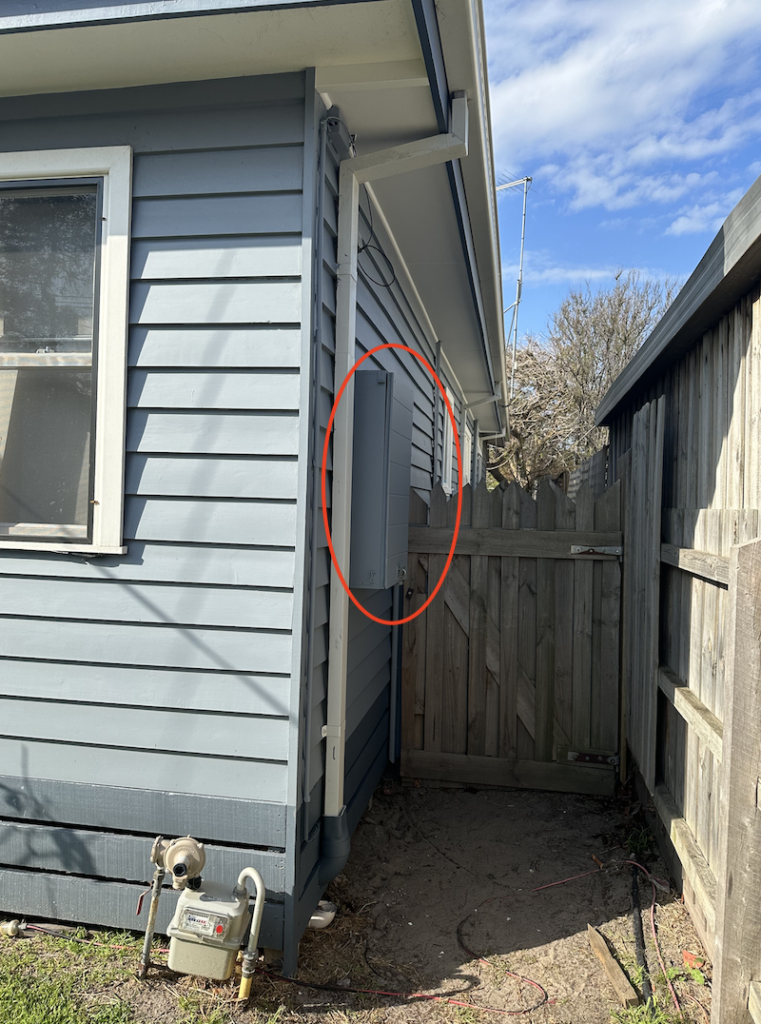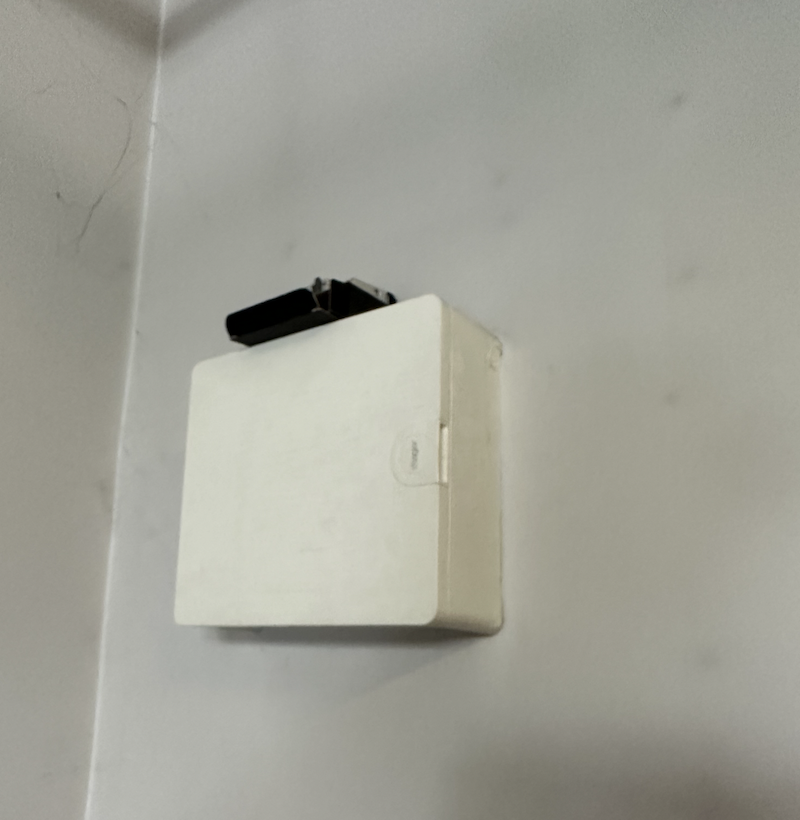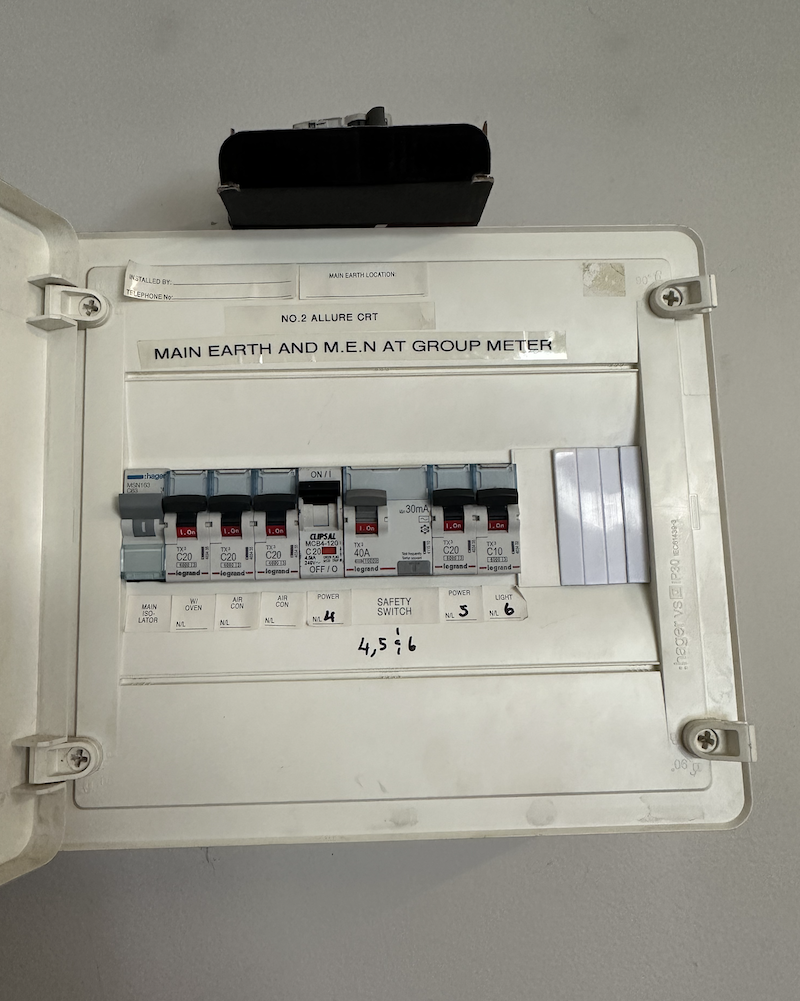
The fuse box is responsible for managing the flow of electricity within a home and safeguarding the property against electrical surges. We explain step by step how to fix a blown fuse.
Fuse Box and Where to Find It
Properly preparing and acquiring knowledge about the fuse box operation will significantly help the process of fixing a blown fuse.
Before attempting to repair a blown fuse, it is important to locate the fuse box within the home. The electrical panel, also known as the fuse box or circuit breaker box, is a crucial component of the electrical system in any building. It is responsible for distributing electrical power throughout the house and protecting the wiring from potential overloads or short circuits.
To find the fuse box, one should start by checking the common areas where it is typically located.
In most homes, the panel is found at the front or side of a house, in basements, utility rooms or garages.
However, it is important to note that the panel’s placement can vary depending on the age and design of the house.
Fuse Box inside a Garage
Once the electrical panel is located, it is essential to familiarize oneself with its layout and labelling. The panel consists of multiple switches or circuit breakers, each controlling a specific area or appliance in the house.
These switches are labelled to indicate which area or device they correspond to, enabling easier identification in case of a blown fuse.
When attempting to repair a blown fuse, it is crucial to exercise caution and follow safety protocols. Before touching anything inside the panel, it is advisable to turn off the main power switch or disconnect the power supply to prevent any potential electrocution.
Afterwards, the blown fuse can be identified by the switch in the “off” position or a visibly damaged fuse.

Checking for Blown Fuses

Before attempting to repair a blown fuse, it is important to locate the electrical panel within the home.
When a fuse blows, it frequently results in a power outage within a specific area or room, rather than affecting the entire property. Additionally, connecting multiple appliances to a power source in a room or area can lead to power loss.
This occurrence is caused by an overloaded circuit, which triggers the blowing of fuses.
Inspecting the Fuse Box

When inspecting a blown fuse, take notice of any signs of;
- Cloudiness
- Discolouration
- Physical damage such as broken or melted pieces
Note: It is highly advised to exercise caution and refrain from directly touching the fuse, particularly if it is broken, to prevent the risk of electric shock or any potential complications.
Places you should first look for your fuse box are:
- In a Garage
- Or Side of the house
- Or front of the house
- It will be in a box
Reasons for a Blown House Fuses
There are three main reasons for a blown fuse:
- An overloaded circuit occurs when multiple appliances utilize power beyond the capacity of the fuses, leading to their overload. For instance, the simultaneous use of numerous lights alongside heavy-duty appliances can cause the fuse box to overheat. Electrical circuits that consume vast amounts of power will overload the fuse box.
- A short circuit occurs when damaged wires come into contact with each other, resulting in a sudden surge in electrical current. This problem can also arise from other wiring complexities or due to the improper connection of appliances to an outlet.
- A ground fault occurs when a live wire comes into contact with a ground wire, a metal control box, or wood, resulting in potential electric shock. This has the potential to significantly increase the electrical current and may also result in damage to the fuses.
How to Fix a Broken Fuse
It is important to prioritise safety and undertake preliminary safety measures before proceeding with the task at hand.
To avoid overloading the new fuse, you must switch off all appliances and lights within the household.
You must also ensure that the surrounding area is dry keeping in mind that water might not always be absent during the process.
To minimize the risk of electric shock, it is advised to wear protective gloves, safety glasses, and rubber shoes, while also removing any jewellery.
If unsure about these instructions, seek help from a professional.
Steps to fix a broken fuse:
Step 1: turn off the main power supply to the building and disconnect any power to the fuse box.
Step 2: identify the blown fuse responsible for the power outage in the specific area of the house.
Step 3: Carefully unscrew the old fuse, ensuring that there is no electrical current flowing through it.
Step 4: Proceed by replacing the old fuse with an exact replica, which can be obtained from a local hardware store. Strictly adhere to the amperage rating of the original fuse and avoid using a higher-rated one. It is advisable to purchase a few extra fuses to anticipate any future occurrences.
Step 5: Screw the new replacement fuse onto the corresponding electrical part or socket in the panel.
Step 6: Restore power to the electrical panel and the home by switching on the main power. If the fuse continues to blow, it is recommended to consult a qualified electrician to address and rectify the underlying issue.
Electricians Repairing Blown Fuses
Electricians are skilled professionals who are trained to handle a wide range of electrical issues, including repairing blown fuses.
When faced with a blown fuse, electricians utilize their comprehensive knowledge of electrical systems to identify the underlying cause. They use specialised tools and equipment to safely navigate the complexities of electrical systems, ensuring minimal disruption and damage. By conducting thorough diagnostics, electricians can pinpoint the exact source of the problem and determine whether it is an isolated incident or indicative of a larger issue.
Once the cause has been identified, electricians proceed with the necessary repairs. This may involve replacing the blown fuse with a new one, ensuring it is the correct amperage to prevent future issues. They may also examine the surrounding wiring and components to ensure there are no further faults or hazards.
Beyond simply fixing the immediate problem, electricians play a crucial role in preventing future electrical issues. They offer expert advice on electrical safety measures, such as the proper use of electrical appliances, the importance of circuit breakers, and the need for periodic inspections.
Their professional guidance helps homeowners and businesses maintain a safe and efficient electrical system, minimizing the risk of further blown fuses and other electrical malfunctions.




